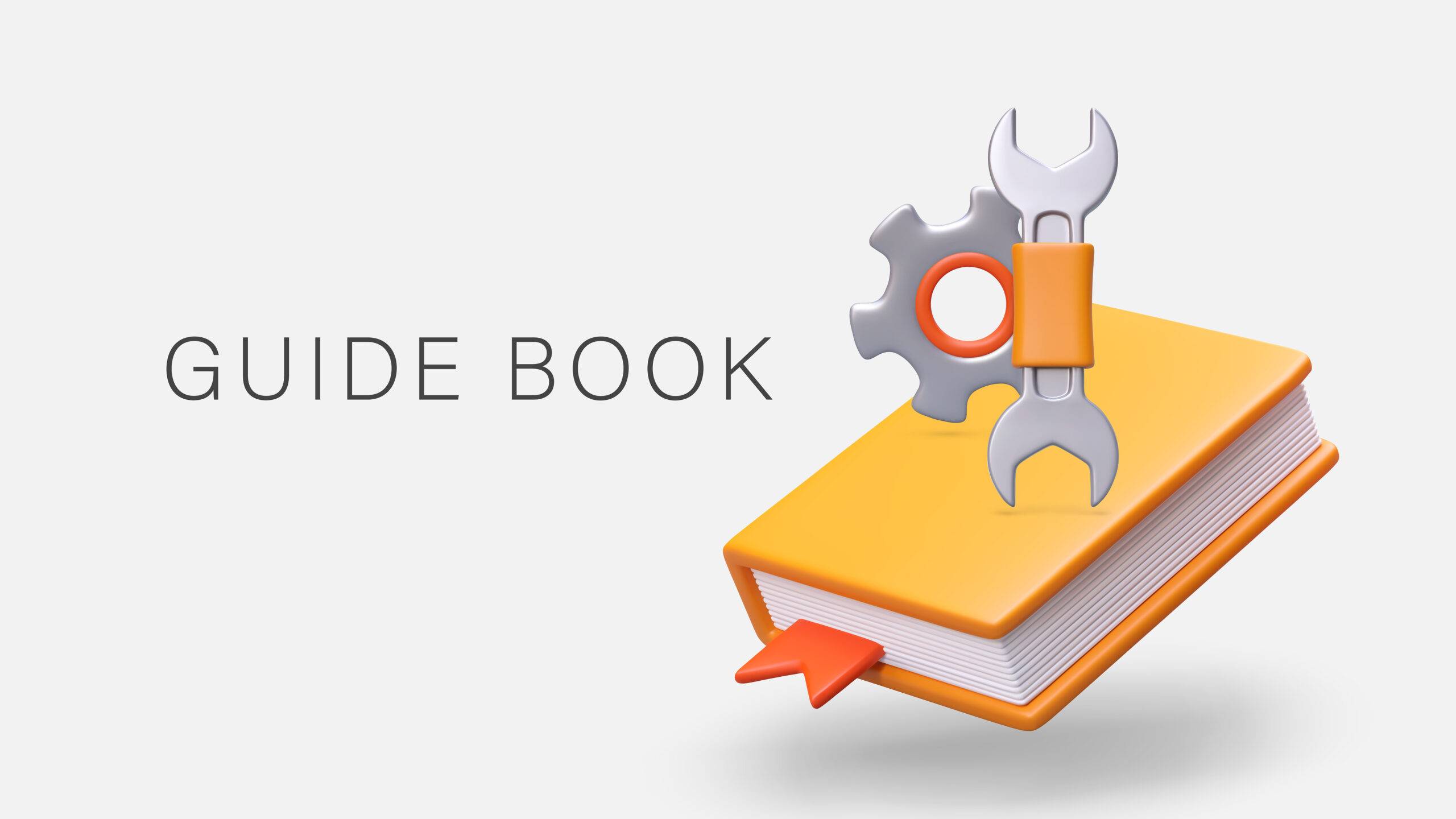Self-Study
Health Care Accounting
Review healthcare accounting principles and reporting requirements for diverse healthcare organizations by exploring not-for-profit entity accounting and more.

$336.00 – $376.00
Webcasts are available for viewing Monday – Saturday, 8am – 8pm ET.
Without FlexCast, you must start with enough time to finish. (1 Hr/Credit)
Please fill out the form below and we will reach out as soon as possible.
CPE Credits
12 Credits: Accounting
Course Level
Overview
Format
Self-Study
Course Description
The healthcare sector, encompassing over three-quarters of a million organizations, including hospitals, clinics, and nursing homes, operates under unique accounting requirements distinct from standard practices in other industries. These specialized needs pose a significant challenge for accountants and financial professionals, who must navigate a complex landscape of financial reporting and accounting principles specific to healthcare entities. Whether dealing with for-profit, not-for-profit, or governmental organizations, understanding the intricacies of healthcare accounting is crucial yet often overwhelming due to its specialized nature.
“Health Care Accounting” by Steven M. Bragg offers an extensive guide to mastering these unique accounting challenges. This healthcare accounting CPE course covers the financial statements used by various healthcare entities, dives into the specific accounting principles applicable to the healthcare industry, and elaborates on the nature of the accounting cycle within this context. Participants will gain insights into not-for-profit entity accounting, fund characteristics, bank reconciliations, inventory tracking systems, and much more. By the end of this healthcare CPE for CPAs course, attendees will be equipped with a comprehensive understanding of healthcare accounting, enabling them to adeptly manage the financial complexities of this critical sector.
Learning Objectives
Upon successful completion of this course, participants will be able to:
Chapter 1
- Understand why health care is one of the most examined industries in the country.
- Cite the financial statements used by each of the different types of health care entities.
Chapter 2
- Note the accounting principles that apply to health care entities.
- Describe the nature of the accounting cycle.
- Note why the out-of-balance concept harms a system of accounting.
- Recognize the source of the trial balance.
- Discuss how the extended trial balance is used.
- Recognize the characteristics of the accrual basis of accounting.
- Identify the formula underlying the balance sheet.
Chapter 3
- Note the criteria that define a not-for-profit entity.
- Describe the proper accounting for all variations on a pledge.
- Recognize the nature of a performance indicator.
- Recognize the nature of net assets for a not-for-profit entity.
Chapter 4
- Recognize the key characteristics of a fund.
- Identify the key components of net position in a financial statement.
Chapter 5
- Describe the uses to which a bank reconciliation can be put.
- Cite the elements of a bank statement.
- Recognize the various reconciliation problems that may be encountered when preparing a bank reconciliation.
- Identify the characteristics of the different methods used to account for bad debts.
Chapter 6
- Describe the characteristics of the different inventory tracking systems.
- Note the advantages and disadvantages of the different inventory costing methods.
- Describe the calculation for the gross profit method.
Chapter 7
- Describe the proper accounting for an investment.
Chapter 8
- Recognize the costs to be capitalized for a fixed asset.
- Describe the derivation of a fixed asset’s useful life.
- Identify the nature of the mid-month convention.
- Note the calculation used to develop an accelerated depreciation method.
- Note the accounting for an idle fixed asset.
Chapter 9
- Describe the accounting for an asset retirement obligation.
- Define accretion expense.
Chapter 10
- Note the calculation method used to derive the interest rate inherent in an early payment discount.
- Describe the accounting for advance fees.
- Cite the different types of standard payment methods required of residents by continuing care retirement communities.
Chapter 11
- Describe the accounting for the extinguishment of debt.
- Describe the different types of bonds and the features that can be incorporated into the terms of a bond.
- Recognize the circumstances under which the tax-exempt status of a bond can be lost.
Chapter 12
- Recognize the circumstances under which the tax-exempt status of a bond can be lost.
- Note the factors involved in the determination of revenue.
- Identify the circumstances under which the expected value method can be used.
- Recognize the accounting for naming rights.
Chapter 13
- Recognize the calculation methods used to determine wages.
- Describe how unemployment tax rates are developed for a new employer, and thereafter.
- Describe the uses to which the Form W-4 can be put.
- Note how the wage bracket method is used to determine tax withholdings.
- Recognize the different methods that are available for setting payroll tax deposits.
Chapter 14
- Note the characteristics of a split-interest agreement.
Chapter 15
- Describe which features of a relationship between entities trigger a consolidation of their financial statements.
Chapter 16
- Understand the accounting for advertising expenditures.
- Note the proper accounting for a trust fund that is being used to settle malpractice claims.
Course Specifics
1173468
July 7, 2023
There are no prerequisites.
None
261
Compliance Information
CMA Notice: Western CPE makes every attempt to maintain our CMA CPE library, to ensure a course meets your continuing education requirements please visit Insitute of Management Accountants (IMA)
CFP Notice: Not all courses that qualify for CFP® credit are registered by Western CPE. If a course does not have a CFP registration number in the compliance section, the continuing education will need to be individually reported with the CFP Board. For more information on the reporting process, required documentation, processing fee, etc., contact the CFP Board. CFP Professionals must take each course in it’s entirety, the CFP Board DOES NOT accept partial credits for courses.
Meet The Experts

Steven M. Bragg, CPA, is a full-time book and course author who has written more than 300 business books and courses. He provides Western CPE with self-study courses in the areas of accounting and finance, with an emphasis on the practical application of accounting standards and management techniques. A sampling of his courses include the The New Controller Guidebook, The GAAP Guidebook, Accountants’ Guidebook, and Closing the Books: An Accountant’s Guide. He also manages the Accounting Best Practices podcast. Steven has been the CFO or controller of both public and private companies and has been a consulting manager with Ernst & Young and …
Related Courses
-
 Accounting
Accounting
Accountants’ Guidebook
Steven M. Bragg, CPA QAS Self-Study
Credits: 30 $600.00
QAS Self-Study
Credits: 30 $600.00$600.00 – $640.00
-
 Accounting
Accounting
Accounting Fraud: Recent Cases
Joseph Helstrom, CPA QAS Self-Study
Credits: 1 $29.00
QAS Self-Study
Credits: 1 $29.00$29.00 – $49.00
-
 Accounting
Accounting
GAAP Guidebook
Steven M. Bragg, CPA QAS Self-Study
Credits: 29 $580.00
QAS Self-Study
Credits: 29 $580.00$580.00 – $620.00
